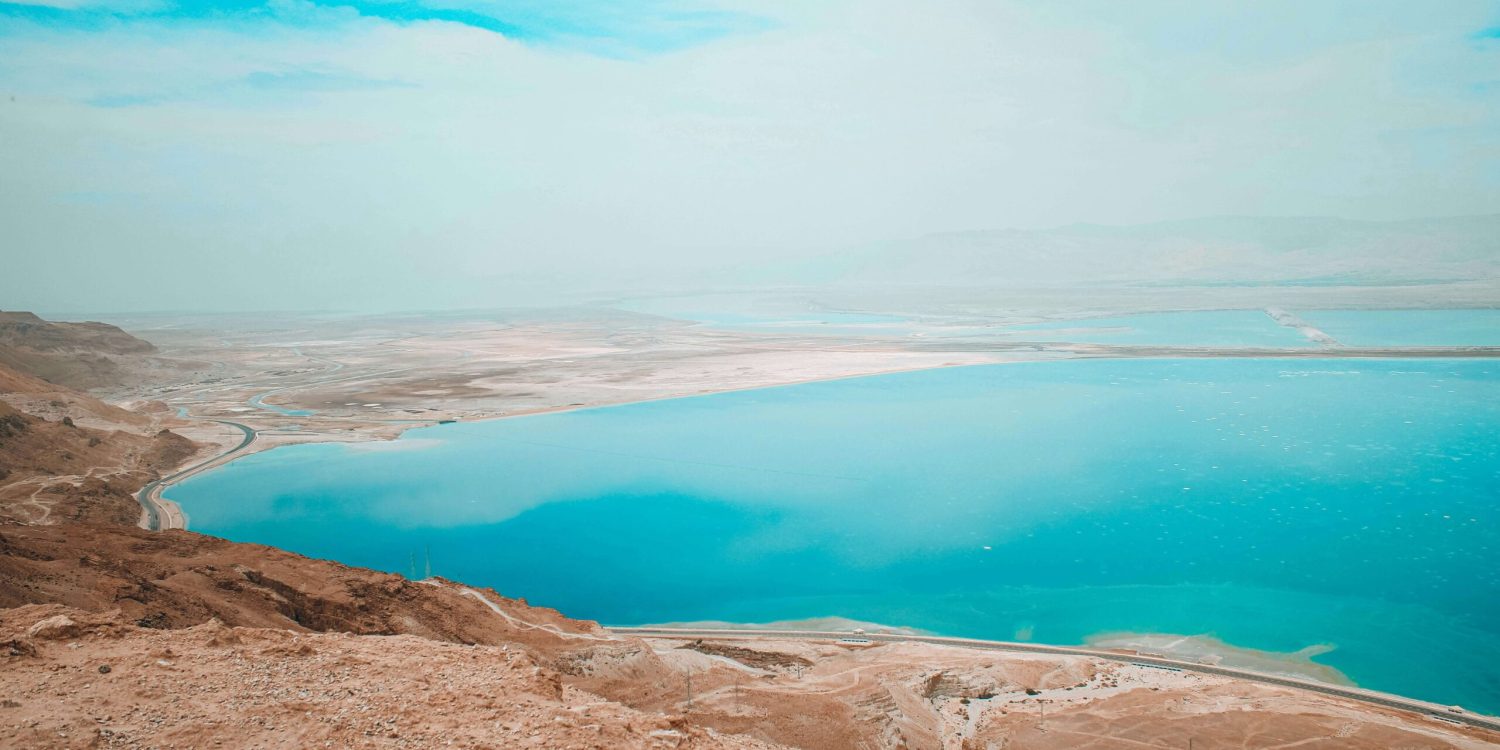Fact of the Day: "You can't sink in the Dead Sea"
The Dead Sea, Earth’s lowest point, is rapidly shrinking due to evaporation and reduced inflow from the Jordan River. Water diversion for irrigation and dams has accelerated its decline, causing sinkholes and geological instability. Despite this, it remains a tourist attraction and a source of minerals for industry. Efforts to restore it, like a proposed Red Sea-Dead Sea pipeline, face political and financial challenges. While the sea won’t disappear entirely, its shrinking size impacts local communities and the environment. Scientists debate whether to intervene or let nature reach a new equilibrium. The crisis reflects broader water mismanagement in the Middle East.

Quick bites
Antarctica is the driest continent
Iceland grows through eruptions
Istanbul spans two continents
Did you know?
Lake Natron in Tanzania is infamous for its extreme conditions, which can preserve animal remains by encrusting them in salt. Due to its high alkalinity (over pH 10), deadly salt concentration, and heat, most organisms cannot survive in its waters, except for specialized bacteria and flamingoes, which use it as a key mating ground. The lake’s harsh conditions stem from the nearby Ol Doinyo Lengai volcano, which feeds it with natrocarbonatites. Photographer Nick Brandt has documented numerous animals turned to ‘stone’ along the lake’s shores, though their exact cause of death remains uncertain. Beyond its eerie ability to preserve corpses, Lake Natron has also safeguarded ancient human footprints dating back 19,000 years.

Debunking Myths:
Great Wall is visible from space
The myth that the Great Wall of China is visible from space has been debunked. While some believed it could even be seen from the Moon, Apollo astronauts confirmed that no human-made structures are visible at such a distance. Astronauts aboard the International Space Station (ISS) have struggled to see the wall with the naked eye, though it has been photographed using powerful camera lenses. China’s first astronaut, Yang Liwei, also confirmed he could not see it. However, …
Then vs...
The Trans-Siberian Railway, completed in the early 20th century, was once the longest and most significant rail route, stretching 9,289 km across Russia. It revolutionized trade and travel, connecting Europe to Asia.
Now
Now, China has developed the largest high-speed rail network, spanning over 42,000 km. These modern trains travel at speeds exceeding 350 km/h, drastically reducing travel times and transforming transportation across the country.
